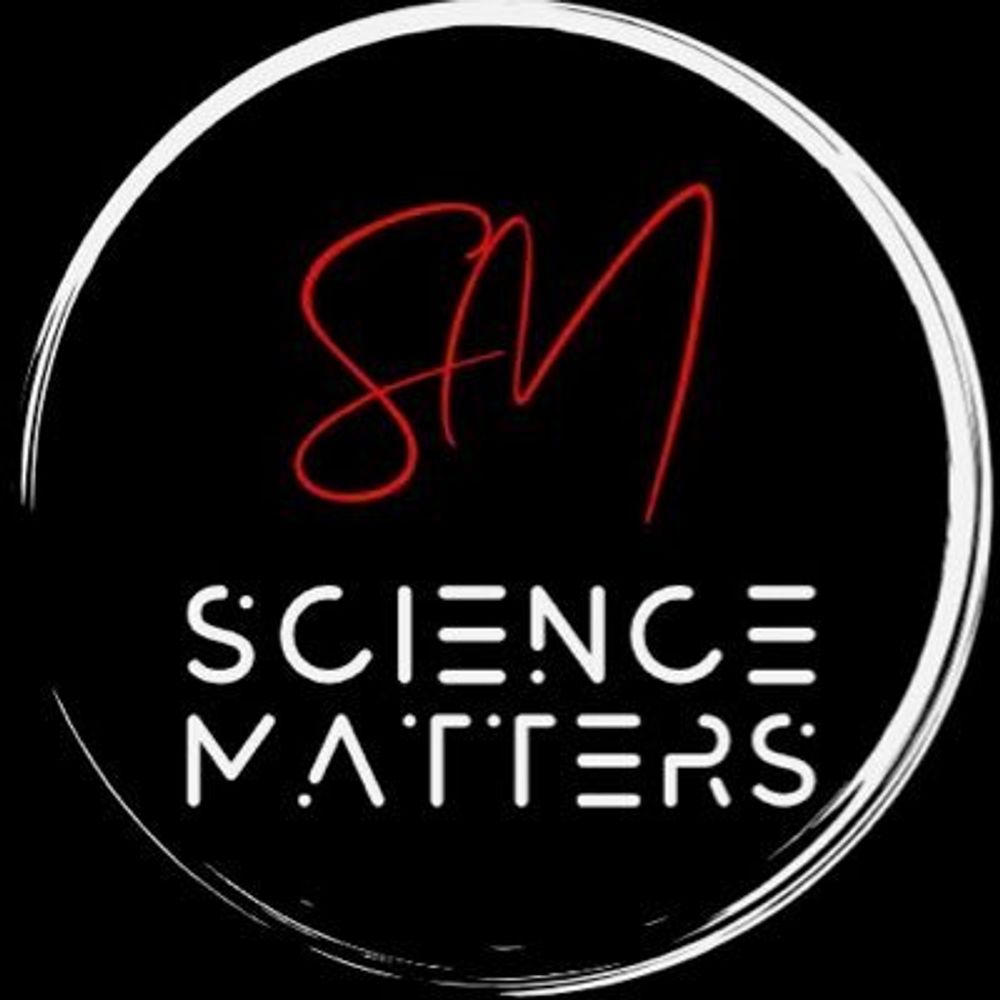As the SpaceX Crew Dragon capsule pierced the Atlantic Ocean off Florida’s coast on 18 March 2025, cheers erupted aboard the nearby recovery ship. Inside were NASA astronauts Butch Wilmore and Suni Williams, finally home after a nine-month odyssey aboard the International Space Station (ISS). Their mission, initially planned as a brief test flight of Boeing’s Starliner spacecraft, became a defining chapter for NASA’s Commercial Crew Program (CCP), a public-private partnership reshaping how humanity accesses space.
The starliner setback: When ambition met reality
In June 2023, Wilmore and Williams launched aboard Boeing’s Starliner, a spacecraft heralded as a rival to SpaceX’s Crew Dragon. The test flight aimed to certify Starliner for routine ISS missions. But during docking, thrusters malfunctioned, triggering alarms. NASA, prioritising safety over schedules, ordered an indefinite delay.
The Starliner returned to Earth empty three months later, leaving Wilmore and Williams aboard the ISS. Engineers uncovered issues in the propulsion system, compounded by software glitches. NASA then made a historic pivot: the astronauts would return via SpaceX, extending their stay to 286 days. “We trained for unexpected scenarios,” Williams later said. “This wasn’t abandonment. It was adaptability.”


NASA’s commercial crew program: a blueprint for innovation
Founded in 2010, the CCP marked a radical shift from NASA’s traditional approach. Instead of designing and owning spacecraft, the agency partnered with private firms like SpaceX and Boeing, setting safety requirements while granting design freedom. Through Space Act Agreements and contracts worth $8.2 billion, the program aimed to reduce costs and spur a competitive US space industry.
Key to this model is shared risk. Companies invest their capital alongside NASA funding, accelerating innovation. SpaceX’s reusable Falcon 9 rockets and Boeing’s CST-100 Starliner emerged from this framework. Today, over 200 NASA engineers collaborate with private teams, blending aerospace expertise with corporate agility. “It’s not just about getting to orbit,” said Kathy Lueders, former CCP manager. “It’s about sustaining a thriving low-Earth orbit economy.”


Political storms: musk, trump, and the ‘stranded’ narrative
The astronauts’ extended stay ignited a firestorm. Elon Musk claimed SpaceX could retrieve them “within weeks” if not for “political interference,” while Donald Trump alleged the Biden administration had “prioritised optics over astronauts.” NASA rebutted sharply: no formal rescue proposal existed, and repurposing the Crew-9 mission saved taxpayers $300 million.
Behind the rhetoric lay a critical truth: redundancy works. When Starliner faltered, SpaceX’s Crew Dragon provided a backup. “The CCP’s dual-provider strategy shielded us from crisis,” said NASA’s Steve Stich. The drama also highlighted public misconceptions. “We weren’t stranded,” Wilmore told CNN. “We were doing science. That’s why we’re here.”
Science in microgravity: life aboard the iss
For Wilmore and Williams, the mission was no hiatus. They conducted 12 experiments, including studies on protein crystals for cancer treatments and fluid dynamics in microgravity. Williams became the ISS’s second female commander, overseeing a crew of seven. Both performed spacewalks to upgrade solar arrays, battling -157°C extremes.
Extended stays, though challenging, offer unique insights. Muscle atrophy, bone density loss, and cosmic radiation’s effects are critical for Mars missions. “Every extra day is data,” said Williams. Their 286-day tenure, while shorter than Frank Rubio’s 371-day ISS record, proved the human body’s resilience, and the CCP’s capacity to pivot.
Boeing’s uphill battle: Starliner’s uncertain future
Boeing’s 4.5billionStarlinerproject,now4.5billionStarlinerproject,now2 billion over budget, faces existential questions. A redo of the crewed test flight is slated for 2025, but NASA’s patience is thinning. “We need two providers,” said Jim Free, NASA’s exploration chief. “But safety dictates timelines.”
The stakes are high. Without Starliner, NASA risks over-reliance on SpaceX, whose Crew Dragon dominates the $6 billion commercial crew market. For Boeing, already reeling from aviation scandals, Starliner’s success is existential. “They’re at a crossroads,” said analyst Marco Cáceres. “Another failure could end their crewed space ambitions.”
Why this matters: a model for moon and mars
The CCP’s blend of competition and collaboration is now NASA’s template for Artemis. Private firms will build lunar landers and habitats, while NASA focuses on deep-space tech. Wilmore and Williams’ mission proved this model’s strength: when Starliner stumbled, SpaceX delivered.
Yet challenges persist. Political meddling, budget constraints, and corporate volatility threaten progress. As global rivals like China advance their programs, the US cannot afford missteps. “Space is no longer a solo race,” said ESA chief Josef Aschbacher. “It’s a team sport.”
What comes next?
As Wilmore and Williams reunite with their families, their mission leaves pressing questions. Should NASA prioritise commercial partnerships over traditional contracts? How can agencies ensure competition without sacrificing safety? And what role should astronauts play in an era of AI and robotics?



